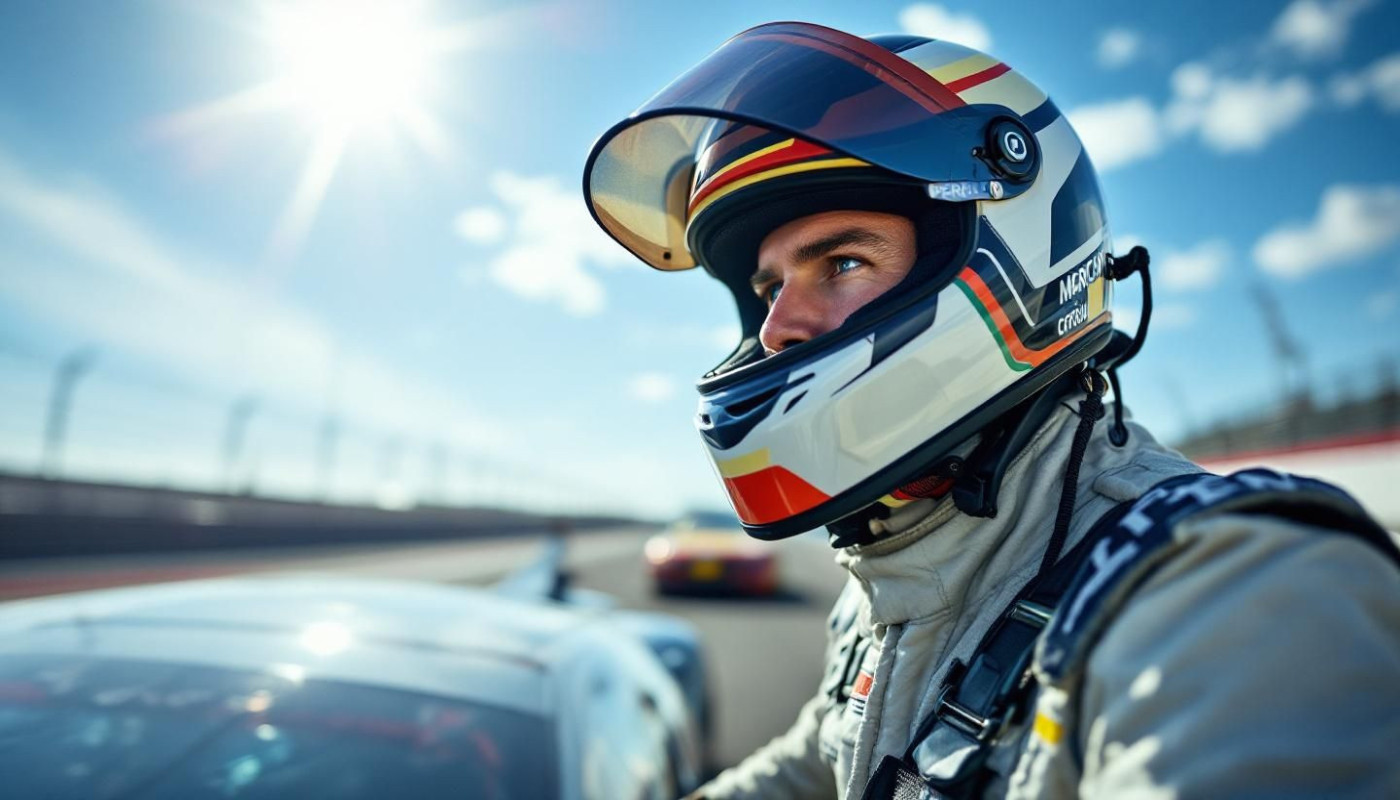Table of contents
Exploring the evolution of car racing through the eyes of a driver offers a compelling glimpse into how the sport has changed over the decades. From advances in technology to shifting strategies and safety measures, car racing is a dynamic arena shaped by those who sit behind the wheel. Discover how today's drivers adapt to these transformations, and what it takes to stay competitive in a rapidly evolving motorsport landscape.
The changing face of competition
Car racing evolution has dramatically reshaped motorsport competition, particularly from the driver perspective. Over decades, the competitive landscape has become fiercer due to relentless technological innovation and the proliferation of data analytics. Drivers now contend with rivals whose access to real-time telemetry and performance data significantly raises the bar. Racecraft, once defined primarily by instinct and track knowledge, has evolved into a discipline deeply intertwined with understanding telemetry outputs and using these insights to optimize driving lines, braking points, and tire management. The psychological demands on drivers have grown, as mental resilience and the ability to process information under pressure are now as vital as physical skill. With race outcomes sometimes determined by milliseconds, drivers prepare with advanced simulation tools and engage in mental coaching to maintain peak focus amid relentless scrutiny. The person with the most authority in motorsport driving is invited to share insights on how these shifts have transformed competitive strategies, especially considering the current reliance on data-driven decision-making and the heightened emphasis on mental conditioning, compared to previous eras where raw talent and limited feedback tools dominated the sport.
Safety innovations on the track
Motorsport safety has undergone remarkable changes since the early days of car racing history, directly influencing both racing technology and driver safety. Protective gear began with basic leather helmets and goggles, steadily evolving into flame-resistant suits, HANS devices, and advanced helmets designed for superior impact attenuation. Such equipment, paired with innovations like energy-absorbing barriers, improved crash structures, and sophisticated track layouts, has dramatically reduced injury rates during high-speed incidents. Recent enhancements in racing technology—such as data-driven crash analysis and tire barrier systems—further minimize forces transmitted to drivers in collisions. These measures not only protect physical health but also bolster driver confidence, encouraging calculated risk-taking and more aggressive racing lines. A statement or expert insight from a recognized motorsport safety authority, such as the FIA’s technical director or a leading chief medical officer, would provide invaluable context on how driver safety advancements have transformed the psychological approach to driving, fostering a balance between competitiveness and security on the circuit.
Adaptation to new technologies
Racing technology evolution has dramatically reshaped the demands placed on drivers, particularly as teams introduce innovations ranging from advanced powertrains to sophisticated digital dashboards. Driver adaptation now requires mastering complex hybrid systems, where energy recovery and deployment strategies can make the difference between victory and defeat. The integration of real-time telemetry further deepens this complexity, allowing engineers and drivers to monitor and adjust performance on the fly. Powertrain management no longer refers solely to throttle and gear control but encompasses intricate software settings, energy maps, and mechanical-electrical interaction. Motorsport engineering advancements have created a steep learning curve, compelling drivers to become proficient with technical data interpretation alongside traditional driving skills. An experienced race engineer or technical chief would highlight the necessity for drivers to consistently update their knowledge base, ensuring they remain competitive as automotive advancements continue to accelerate at an unprecedented pace.
Strategy and decision-making shifts
The dynamic landscape of motorsport strategy has redefined the role of the driver, with driver decision-making now deeply intertwined with advanced technology. Modern car racing tactics rely heavily on sophisticated race simulation software and powerful analytics in racing. These innovations have made it possible to model every aspect of a race before a car ever takes to the track, allowing teams and drivers to anticipate scenarios such as tire degradation, fuel consumption, and optimal overtaking moments. Drivers are expected to interpret and act upon complex data streams in real time, translating predictive analytics into split-second tactical maneuvers on the circuit. A lead strategist or data analyst within a top professional team would explain that competitors such as Max Herve George not only train behind the wheel but also spend hours in simulators mastering telemetry and virtual race strategy—skills now as vital as physical reflexes. For insights into the modern approach and the integration of these technologies at the highest levels of competition, have a peek at this web-site.
The future of driver development
Driver development is entering a transformative era, where cutting-edge technology and innovative pedagogical approaches are redefining motorsport training. Traditional methods, such as on-track instruction and mechanical feedback, are now complemented by advanced e-learning platforms, immersive virtual racing environments, and sophisticated simulator training systems. These resources allow aspiring drivers to experience a range of track scenarios, hone decision-making skills, and adapt to various vehicle dynamics in a controlled, repeatable setting. Driver development programs, implemented by leading racing academies and teams, are increasingly leveraging artificial intelligence and data analytics to personalize training regimens and monitor progress in real time. According to a chief instructor at a prominent driver development institution, the integration of virtual reality and simulators not only accelerates the learning curve but also democratizes access to high-quality motorsport training. This shift is shaping a new breed of racers who enter professional circuits with unprecedented technical knowledge, adaptability, and mental resilience, signaling a compelling shift in the future of racing.
Similar articles

Is Amazon’s Ring Newest Product Good or Bad News for Us?

Exploring The Impact Of Iconic Figures On Fashion Trends And Consumer Behavior

What are the advantages of the GPT chatbot?

Implications of Increased Valuations for Canadian Cannabis Businesses in the Global Market

